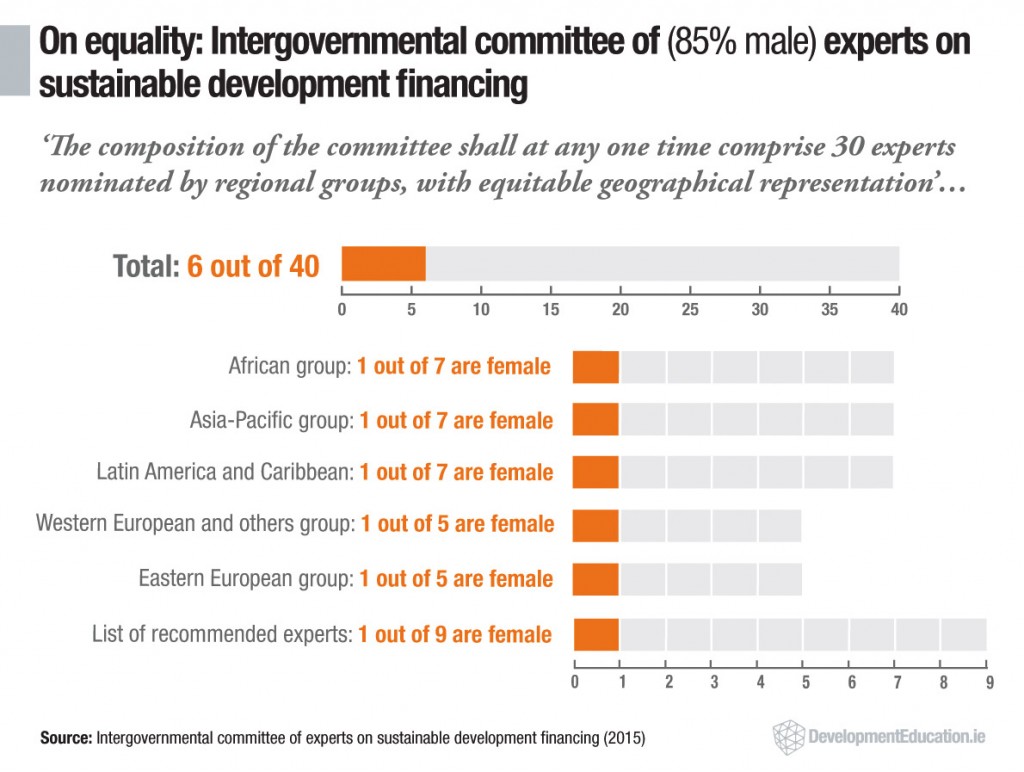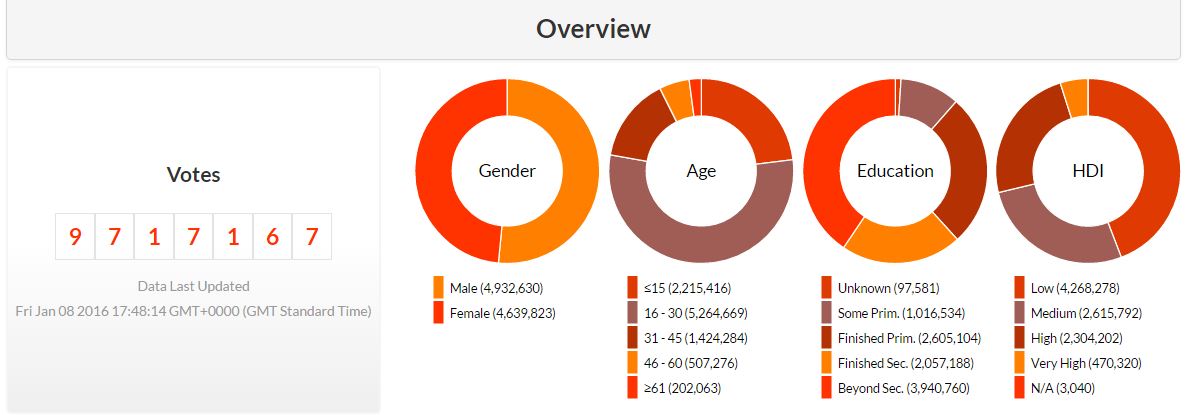‘Making a murderer’ is the new Netflix series that YOU HAVE TO WATCH. The documentary follows the story of Steven Avery who, after spending eighteen years in prison for a crime he didn’t commit, is arrested for murder.
I said no spoilers but I think it’s fairly obvious that presentation of information and mis-representation are the central themes of this documentary. So what does this have to do with development? Quite a lot actually.
A general application of this theme can be seen when we reflect on how Africa is presented in modern media. We might be forgiven for thinking that Africa is, for example, a ‘homogeneous place of simple people with simple activities’. Cue dramatic example from Rapper Rick Ross *smacks head*:
Just landed in the beautiful country of Africa..I can tell you that the world is excited for #TheGifted
— Black Market (@rickyrozay) June 24, 2013
The Rusty Radiator awards hilariously tackles this problem by highlighting the worst (and best) portraits of Africa in the media. Just like in ‘making a murderer’, it isn’t always the smartest move to blindly believe what authorities (be it police or media) tell you. So the lessons of Making a murderer make sense in development too.
But what about challenging my own assumptions? What about being a bit more like Avery’s lawyers and doing a bit of digging?
The sustainable development goals are the biggest framework in development at this time. The My World Survey is a United nations survey that consulted people from all across the world on what issues are most important to them. At first glance, the gender balance in responses to the survey is displayed proudly on the data analytics home page, and this struck me as surprisingly ‘good’.
But, because I watched making a murderer (and not to mention following the the podcast series Serial) I now consider myself a fully fledged investigator, and so I began to search this data for some hidden truths. This developmenteducation.ie infographic displays what I found:

As we can see, women in developing countries did not get an equal voice to their male counterparts. So there are some ‘voices, priorities and views’ missing. Namely, women’s voices from developing countries.
This is major, seeing as how goal five is to achieve gender equality and empower all women and girls. How can this be achieved when women in certain developing countries (example above being Ethiopia) are not being consulted or heard nearly as much as their male counterparts?
And furthermore your honour, there are more equality questions raised when we examine the powerful ‘committee of experts on sustainable development financing’ behind the SDGs from a gender balance perspective:

As we can see, only six out of forty financial experts which drove the SDG finance plan were women. Finance is a core pillar that will determine the success or failure of the global goals. It could be argued that the gender of the committee does not matter, just as in Avery’s trial his previous mischarge for rape was irrelevant- except of course that it changes people’s perceptions of a character. We see a similar story here: I now perceive the financial aspect of the SDGs as ‘the same old’ tired male narrative that we are so used to in politics.
If we really want to achieve goal five, we are starting off on the wrong foot.
At this stage I’m willing to admit to the jury that linking making a murderer to development is me being a documentary nerd and a bit of a hippie, but none the less I think there is an important point to be made.
As the jury that make decisions about life on this planet on a daily basis we shouldn’t always rush to take all of the information presented to us by world leaders as irrefutable facts. The stakes are not just the freedom of one man, like Steven Avery, but rather the lives of millions of people who are oppressed, abused and beaten down by the world today. We owe it to them to give development agendas our full and critical attention, so that innocent lives are not ruined.


